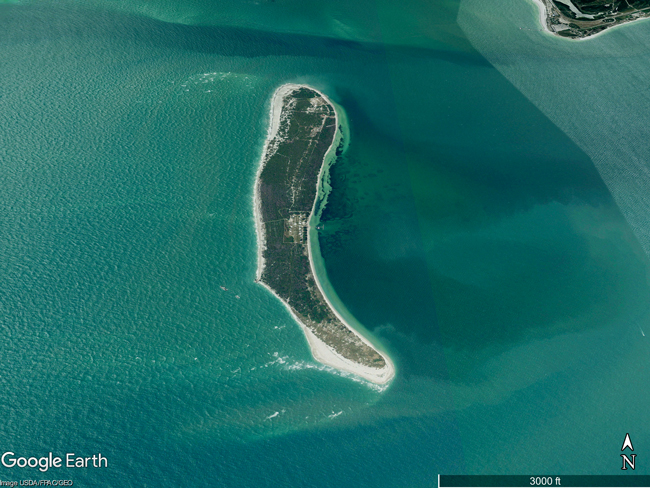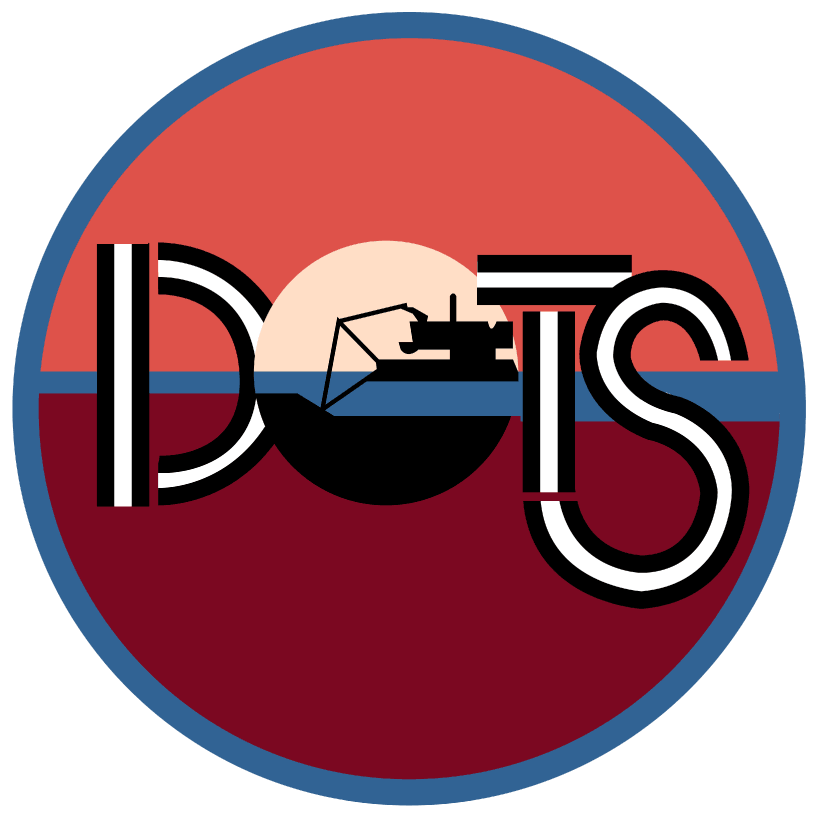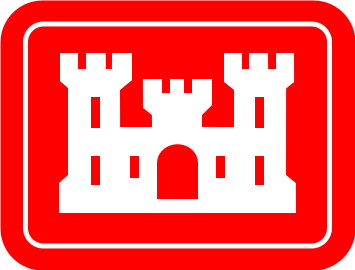Egmont Key Restoration

- Title: Egmont Key Restoration
- State: Florida
- Project type: USACE
- Greater Beneficial Use Area: Egmont Key National Wildlife Refuge
- Focus Area approximate center coordinates: 27.5906, -82.7615
- Nearest Federal Navigation Project: Tampa Harbor
- Owner: USACE Jacksonville District
- Beneficial Use Categories: Beach/Shoreline Nourishment, Island Habitats
- Dredge type: Hydraulic
- Status: Completed
- Keywords: cross shore swash zone placement (CSSZ), Tampa Harbor, sea turtle, piping plover
Description:
Egmont Key, an island located at the mouth of Tampa Bay near St. Petersburg and Tampa, Florida, spans 250-acres and remains largely undeveloped. It hosts the Egmont Key National Wildlife Refuge, managed by the US Fish and Wildlife Service (USFWS) as part of the Crystal River National Wildlife Refuge Complex. The island, a favored recreational site, provides important nesting habitats for sea turtles and serves as a critical wintering habitat for the endangered piping plover (Charadrius melodus), alongside hosting historic structures like Fort Dade.
Since 1942, Egmont Key has lost approximately 50% of its land due to sea level rise and erosion, especially on its west side. Around 2010, the US Army Corp of Engineers Jacksonville District (SAJ) identified an opportunity to beneficially use sediment dredged during routine maintenance of the nearby Tampa Harbor navigation channel to stabilize the shoreline of Egmont Key. This initiative involved collaboration with the USFWS, Florida Park Service (FPS), Florida Department of Environmental Protection (FDEP), and the University of South Florida, aiming to restore the island’s critical beach habitat.
Given the island's importance to habitat, animals, and people, FDEP permitted the use of dredged sediment beyond the Florida “Sand Rule” which limits sediment placed on beaches to ≤10% fines (defined as sediment passing through a #230 sieve) to protect the environmental functions of Florida beaches. FDEP and SAJ therefore used this project to help fill a data gap on sediment characteristic changes during dredging and placement, including fine sediment transport.
From November 2014 to March 2015, approximately 676,000 cubic yards of dredged sediment were hydraulically placed on Egmont Key from the Tampa Harbor navigation channel 17 miles away. The project employed traditional placement methods at the island’s northern tip and a unique cross shore swash zone (CSSZ) method along the high-energy western swash zone. The CSSZ method, which places sediment perpendicular to the shoreline to create a “point,” allowed natural coastal processes to sort the sediment and form a new beach shape.
The project restored approximately 39 acres of beach habitat in time for the start of sea turtle nesting in April 2015. Its success was gauged by increased sea turtle nesting, particularly within the CSSZ area, indicating improved beach habitat suitability.
Sediment surveys before, during, and after construction confirmed that the CSSZ process effectively removed finer and darker sediment, which could affect turtle egg incubation temperatures. Early 2015 monitoring data revealed that the beach sediment’s compaction, color, and fines content had stabilized, offering data that could influence FDEP regulatory standards for more efficient dredged sediment disposal.
The Egmont Key beach nourishment project not only preserved historical sites but also restored crucial coastal habitats for species like piping plovers, gopher tortoises, and sea turtles. It demonstrated the efficacy of innovative sediment placement methods in habitat restoration and navigational safety, marking a significant achievement in beneficially using “unsatisfactory sediment” for coastal protection and recreational enhancements. It also showcased how innovative sediment placement techniques can be used to restore critical habitat while maintaining navigation safety in coastal areas.
Further readings:
- Maglio CK, Ousley JD, Hershorin A, Mora MA. (2015). Tampa Harbor Maintenance Dredging with Egmont Key Beneficial Re-Use of High Silt Content Material Using a Traditional Template Versus Cross Shore Swash Zone Placement. In: Proceedings of Western Dredging Association and Texas A&M University Center for Dredging Studies’ “Dredging Summit and Expo 2015.” p. 216–226.
- USACE Jacksonville District. (2014). Tampa Harbor Dredging Benefits Egmont Key. September 12.
- U.S. Department of the Army. (2013). Army-Egmont Key Restoration and Storm Damage Reduction (Tribal Proposal).
Presentations:
- Brutsché KE, Maglio C, Shafer DS, Pollock CE, Hershorin A, Wang P. (2015). Comprehensive Monitoring Study of a Beneficial Reuse Project at Egmont Key, FL. USACE, Engineer Research and Development Center.
Videos:
USF Preserving Egmont Key. FOX 13 News, Uploaded 29 November 2023.
Website links:
- Friends of the Tampa Bay National Wildlife Refuges. (2023). Egmont Key Needs Your Help!
- USFWS. (2023). Egmont Key National Wildlife Refuge.
News releases:
- USACE Jacksonville District. (2018). Tampa Harbor Channel Maintenance Benefits Navigation and Egmont Key. September 28.

